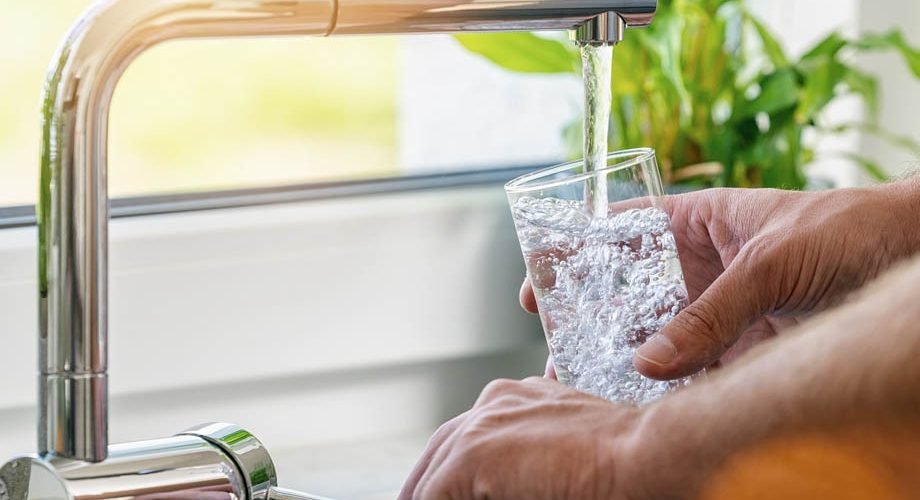The water used in many households is either from the ground or the surface. The latter is derived from lakes, rivers, and streams, while groundwater is found beneath the surface or in rock crevices and underground aquifers. Accessing groundwater involves drilling and other methods so the water can be brought to the surface.
The Environmental Protection Agency (EPA) closely monitors and regulates public water systems. However, the responsibility for ensuring the quality and safety of the water from private wells lies with the individuals who rely on them. Either way, regular water testing services are crucial for ensuring a contaminant-free water supply.
Table of Contents
Understanding the Importance of Water Testing
Here are the common reasons water testing is conducted:
- Standards Compliance
Every state has established specific criteria outlining the acceptable levels of chemical substances in water, said a professional plumber in Denver. These standards seek to safeguard the well-being of individuals engaging in activities such as swimming, fishing, and drinking. Water quality testing determines if the standards are being met and ensures that water sources comply with regulatory requirements.
- Polutant Identification
Water testing enables the identification of problematic pollutants and helps trace their sources. If you suspect water contamination in your area, conducting tests is necessary to confirm and establish a link between the source and the pollutant. The information will serve as the basis for taking appropriate actions to mitigate pollution.
- Emerging Trend Detection
Water testing laboratories conduct a consistent and long-term analysis of chemical substances present in water. This ongoing monitoring helps identify emerging trends in water safety and maintenance practices. By closely monitoring changes in water quality, potential issues are detected early, allowing for the implementation of proactive measures.
- New Hazards Discovery
Water testing serves as a valuable tool for detecting excessive levels of chemicals that could lead to significant pollution problems. Identifying these hazards in advance enables prompt intervention and preventive measures to mitigate the risk of contamination.
Exploring Different Water Testing Methods
Water testing is crucial for assessing safety levels and identifying specific contaminants that may be present. Various testing methods are employed to determine the quality of water and the appropriate treatment required. Here are some that are commonly used:
- Temperature Test
The temperature of water influences biochemical reactions and the ecosystem’s overall health. Higher water temperatures can reduce oxygen retention and make it more vulnerable to certain pollutants.
- Bacteria Test
Bacteria, such as E. coli, commonly found in water, can pose significant health risks if consumed. Testing for bacterial presence is essential to ensure the safety of drinking water.
- Mineral Test
Mineral testing focuses on essential elements like nitrate, lead, and nitrite. Assessing mineral content is particularly relevant in areas with diverse terrains to gauge water quality accurately.
- pH Test
pH measurement determines the acidity or alkalinity of water, which can affect taste and safety for consumption. Drinking excessively high or low pH levels can have adverse health effects.
- Salinity Test
Salinity testing quantifies the concentration of non-carbonate salt in water. For groundwater, the test helps assess potential soil salinity issues if the water reaches storage tanks.
- Turbidity Test
Turbidity testing evaluates the presence of suspended particles in water. High turbidity levels may signify the presence of pathogens that can be harmful if ingested.
- Chloride Test
Chloride is present in fresh and saltwater and can be influenced by industrial pollution or mineral dissolution. Testing for chloride helps determine its concentration in water.
- Metal Test
Detecting heavy metals in water like arsenic, copper, bismuth, tin, uranium, and zinc is crucial as their presence can have detrimental effects on health. These metals are often introduced to water bodies through human activities and require identification through water testing.
- Electrical Conductivity Test
The electrical conductivity test measures the level of dissolved solids in water. Their presence serves as an indicator of salinity.
- Other Tests
Additional tests, such as sediment and odor assessments, provide insights into the physical characteristics of water samples and are not necessarily related to chemical testing. These tests, however, can provide valuable information in specific cases.
Where to Access Free Water Testing Services
Regular water testing is crucial to ensure safety, especially for contaminants like E. coli, total coliform bacteria, nitrates, and total dissolved solids. If you notice sudden changes in water taste, color, or smell, it is best to contact your local water company or health department for possible testing.
In this regard, community water suppliers must provide an annual report, commonly known as the Customer Confidence Report (CCR), to their customers. This contains essential information about the quality of the local drinking water, including its source and any detected contaminants.
Conclusion
Water testing has become increasingly important worldwide due to growing concerns about unclean or contaminated drinking water. The availability of specific tests may vary depending on factors such as water source and location.
A comprehensive water test typically examines the presence of bacteria, heavy metals, and mineral content. If there are excessive levels of these substances in your water supply, exploring filtration or purification services offered by various water concessionaires and trusted plumbing companies is advisable.





